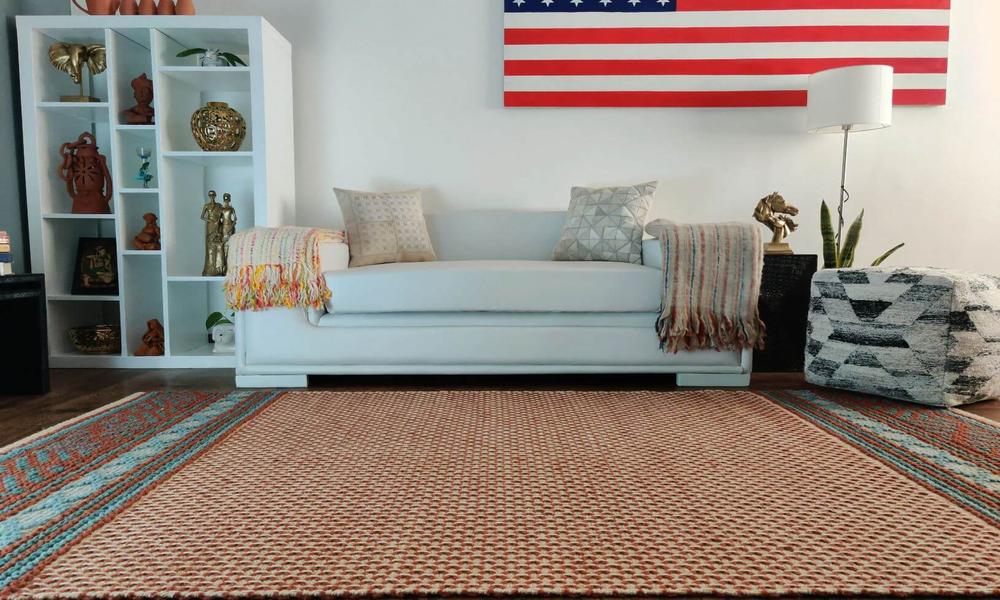Building handmade carpets requires a certain level of skill, patience, and creativity. Here are some tips to get you started:
Choose your design: Decide on the type of carpet you want to make and the design you want to use. You can choose from various patterns, colors, and textures to create a unique carpet that reflects your personality.
Gather your materials: The materials you need will depend on the type of carpet you are making. Generally, you will need a loom, yarn, and tools like a shuttle, needle, and scissors.
Learn the techniques: There are various techniques for making handmade carpets, including knotting, tufting, and weaving. Learn the technique you want to use and practice before you start making your carpet.
Start weaving: Begin weaving your carpet, following the design you have chosen. Make sure to keep the tension consistent and check for errors regularly.
Finish your carpet: Once you have completed your carpet, remove it from the loom and trim any excess threads. You can then add a backing, such as felt or canvas, to protect the carpet and make it easier to hang or display.
Clean and maintain your carpet: Regular cleaning and maintenance will help keep your handmade carpet in good condition. Use a soft-bristled brush or vacuum cleaner to remove dirt and debris, and spot-clean any stains with a mild detergent.
How To Learn HANDMADE CARPETS
Research the different types of handmade carpets: Handmade carpets come in many different styles and designs, and it’s important to understand the differences between them. Some popular types of handmade carpets include Persian, Turkish, Indian, Moroccan, and Tibetan carpets.
Learn about the materials used: Handmade carpets are typically made of wool, silk, or a combination of the two. Understanding the different materials used in making carpets can help you appreciate the intricacy of the craftsmanship that goes into making each one.
Attend exhibitions and fairs: Attending exhibitions and fairs that showcase handmade carpets can provide an opportunity to see and learn about carpets up close. You can talk to experts in the field and gain a deeper understanding of the craft.
Consider taking a course or workshop: Some institutions offer courses or workshops on handmade carpet-making. This can be a great way to learn about the craft and even try your hand at making your carpet.
Why HANDMADE CARPETS Succeeds
Handmade carpets succeed for a variety of reasons, including:
Quality: Handmade carpets are made with high-quality materials and skilled craftsmanship. This results in a product that is durable, long-lasting, and beautiful.
Unique designs: Handmade carpets often feature unique designs that are not found in machine-made carpets. This is because each carpet is made by an individual weaver, and their style and creativity are reflected in the finished product.
Cultural significance: Handmade carpets are often created in traditional styles and patterns that are rooted in the culture and history of the region where they are made. This gives them cultural significance and adds to their appeal.
Environmental sustainability: Handmade carpets are typically made using natural materials, such as wool or silk, and are dyed using natural plant-based dyes. This makes them a more environmentally sustainable option compared to machine-made carpets, which may use synthetic materials and chemicals.

